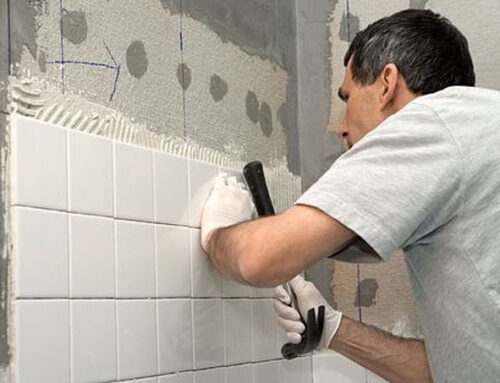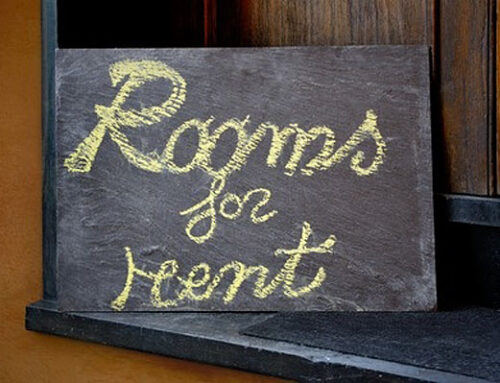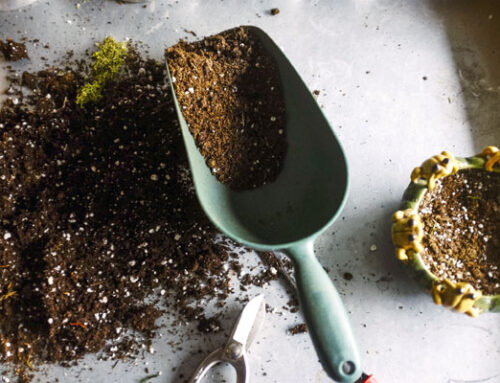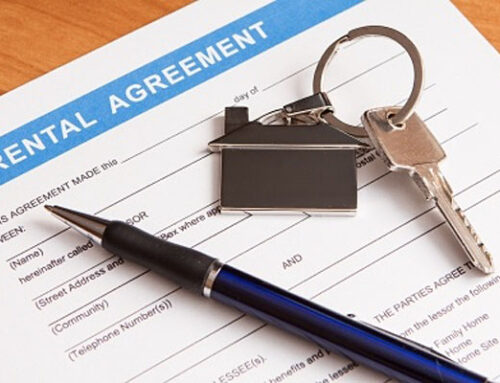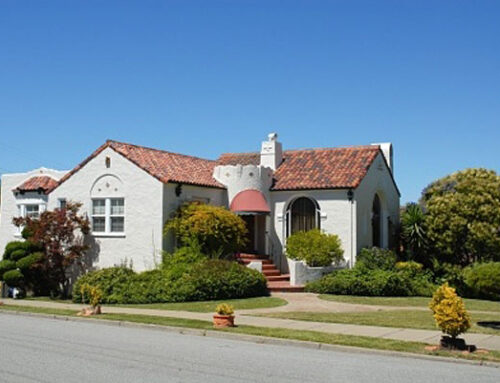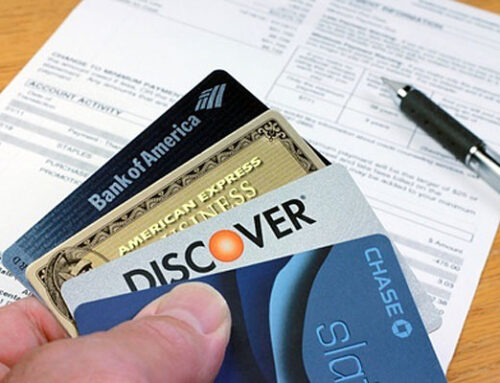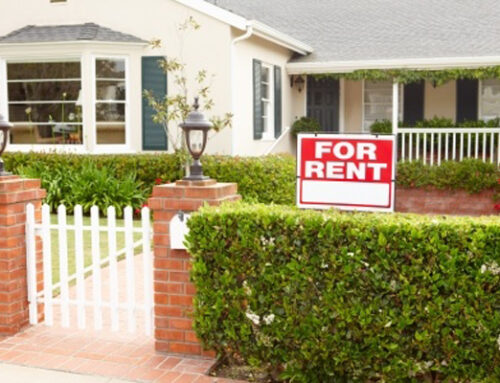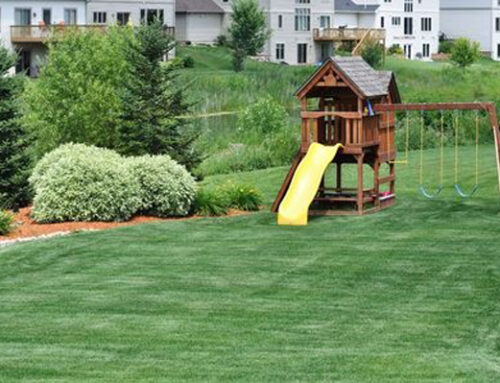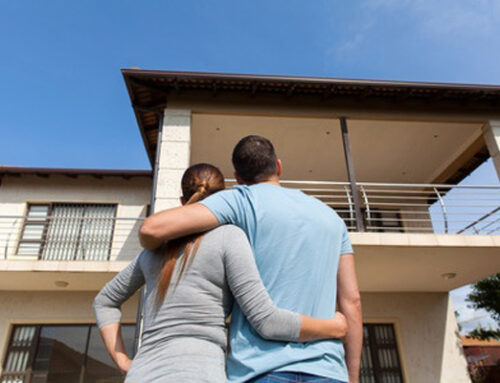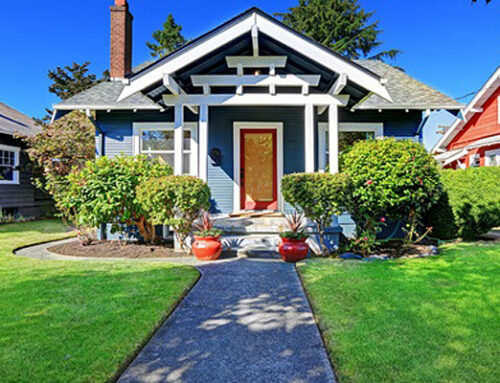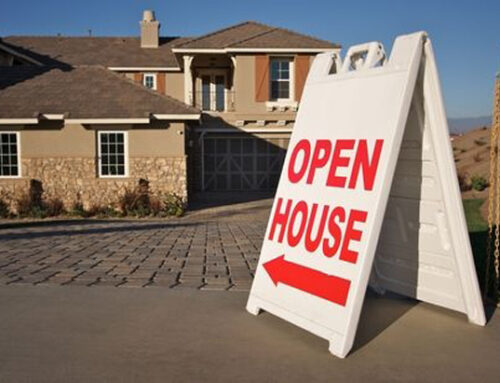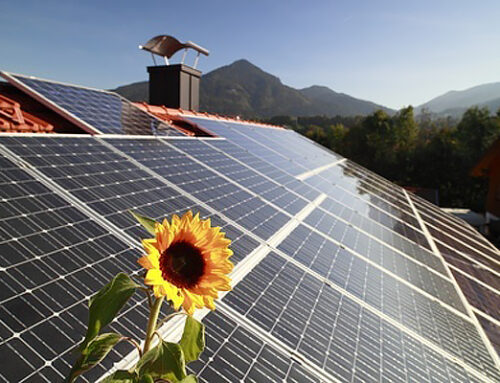It’s always sad to see a story on the news about catastrophic floods or fires destroying neighborhoods and leaving people homeless. Some of these folks will have insurance policies with companies that aid them in purchasing a new home, or repairing their old one, but the unfortunate truth is that many do not. While there’s really no way to know if you’re ever going to end up being one of those unfortunate souls, there are ways to reduce the odds.
Flood maps
Here in Southern California, flash floods are a thing. They happen. To help keep your risk of winding up in the path of one, ask your real estate agent to show you the flood maps before you buy a home. Homes that are the most at-risk for water damage are those that are on ground that’s angled downhill. Also, check the grade of the lawns. Sometimes, the front and back yards are graded ever so slightly upwards from the house, which means that heavy rainfall will be funneled toward the home. If you find that your home has this problem, it’s possible to re-grade the yards to funnel water away from the house.
Know where the gas lines are
You’ll want to start by finding out where the main lines are that feed the houses in your area and how close in proximity your home is to them. Main lines sometimes explode, and if your home is located too close …
Second, you’ll want to know where the gas lines that feed your home run through your yard. Knowing where the gas lines are can help prevent little Timmy from accidentally severing a gas main while he’s digging for buried treasure in the front yard.
Assess the trees
Trees in the yard can be a beautiful thing, but during a storm, they can fall down and result in terrible damage. Also, the roots of trees planted too close to the home can damage the foundation or basement (if you have one). If you’re not sure about a particular tree in the yard, there are folks you can call that specialize in this sort of thing. An arborist or tree specialist will be able to help you out.




